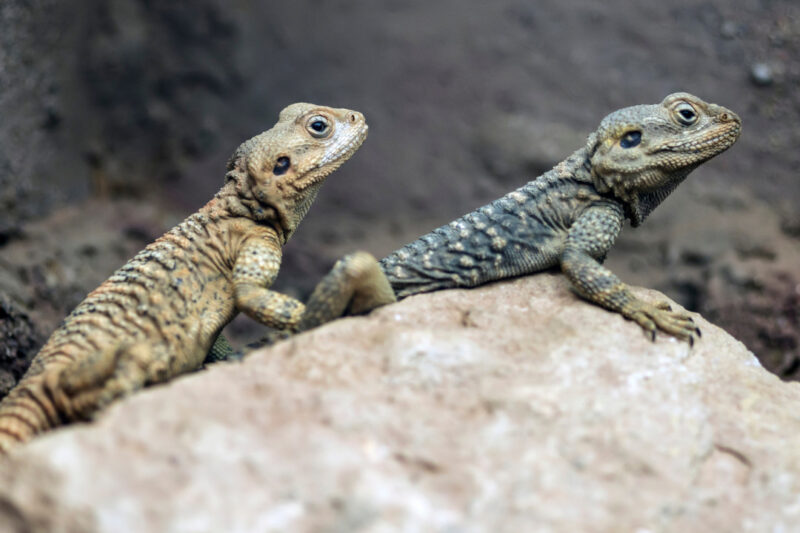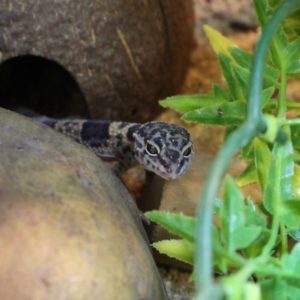
Buying a Pet from Evolution Reptiles: the process
Buying a Pet from Evolution Reptiles: the process Buying a new pet of any kind can be an exciting experience, getting everything ready for it,

Reptiles are remarkable creatures with a unique and often mysterious way of communicating. While they may not have the vocalisations and facial expressions that humans or mammals use to convey emotions, reptiles have developed a rich non-verbal language of their own. In this blog, we will delve into the fascinating world of reptile body language and communication, shedding light on how these cold-blooded creatures interact with each other and with their keepers.
One of the most evident ways reptiles communicate is through their body posture. Whether it’s a snake coiling defensively or a lizard puffing itself up to appear larger, reptiles use their bodies to signal their feelings and intentions. Understanding their posture can help you interpret their emotions and needs.
When a reptile feels threatened, they may assume a defensive posture. This often includes raising their head, hissing, or coiling, and serves as a warning to potential aggressors to back off.
During courtship, reptiles may display specific body postures and movements to attract a mate. This can include head bobbing, tail-flicking, or displaying vibrant colors.
Reptiles, like basking lizards, use their posture to regulate their body temperature. They position themselves to either absorb heat or cool down in response to their environmental conditions.
Many reptiles have the remarkable ability to change their skin colour or pattern. Chameleons, for example, are famous for their colour-changing capabilities. While not all reptiles can change colour to the same extent, these variations are used for communication and camouflage.
Colour changes can reflect the reptile’s mood, stress level, or excitement. Brighter colours may signal aggression or fear, while darker hues may indicate relaxation.
Reptiles often use their color-changing abilities to blend in with their surroundings or hide from predators. They can communicate their need to hide or avoid attention through their colors.
Reptiles employ a variety of body movements and gestures to communicate their intentions and feelings. Paying attention to these movements can help reptile keepers understand their pets better.
Snakes, like corn snakes, use tongue flicking to gather information about their environment. Rapid, repetitive flicking often suggests an active investigation of surroundings.
Some lizards, such as bearded dragons, communicate through head movements. Nods and shakes can signal submission, territorial behaviour, or a desire for attention.
While reptiles are not known for vocalizing like birds or mammals, some species do make sounds to communicate. Examples include geckos and anoles, which produce clicks and chirps.
Some male reptiles create distinctive sounds to attract females during the breeding season. These calls are crucial for reproductive success.
Understanding the non-verbal language of reptiles is a key aspect of responsible reptile ownership. By observing their body language, colour changes, and movements, keepers can better meet the needs and preferences of their reptilian companions. Whether you’re a seasoned reptile enthusiast or a beginner, recognizing the secret language of reptiles can enhance the bond between you and your cold-blooded companions and ensure their well-being and happiness in captivity.

Buying a Pet from Evolution Reptiles: the process Buying a new pet of any kind can be an exciting experience, getting everything ready for it,

How much does it cost to run my vivarium? We are all becoming more aware of energy costs as the price continues to rise. So

We all want our pets to be happy. Whether it’s a wagging tail, a happy purr or a lizard relaxing on a branch, we want
Copyright 2021 Evolution Reptiles
All rights reserved.